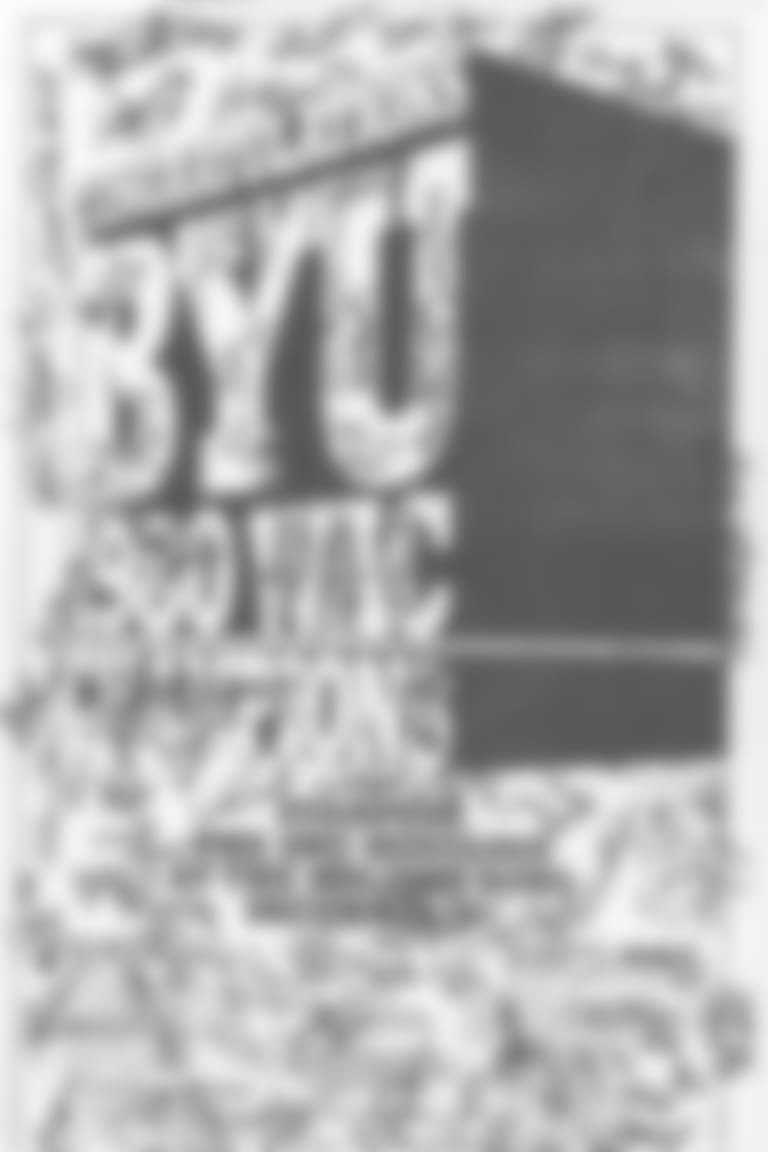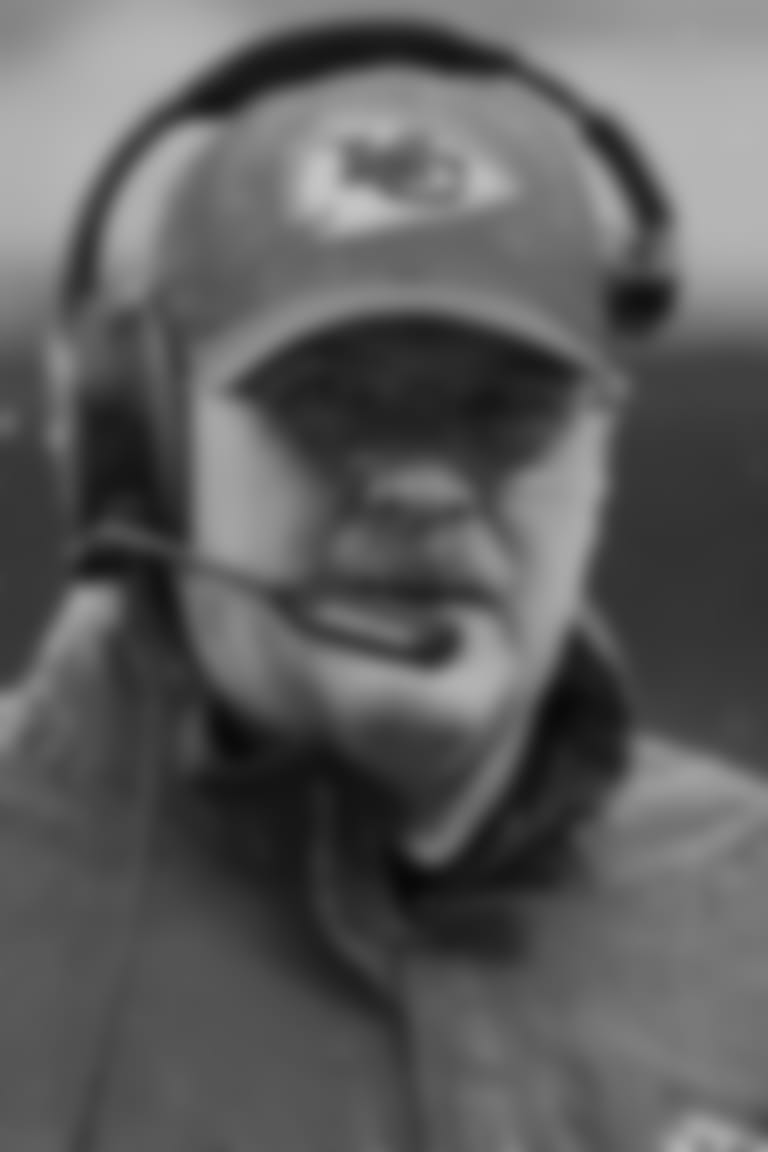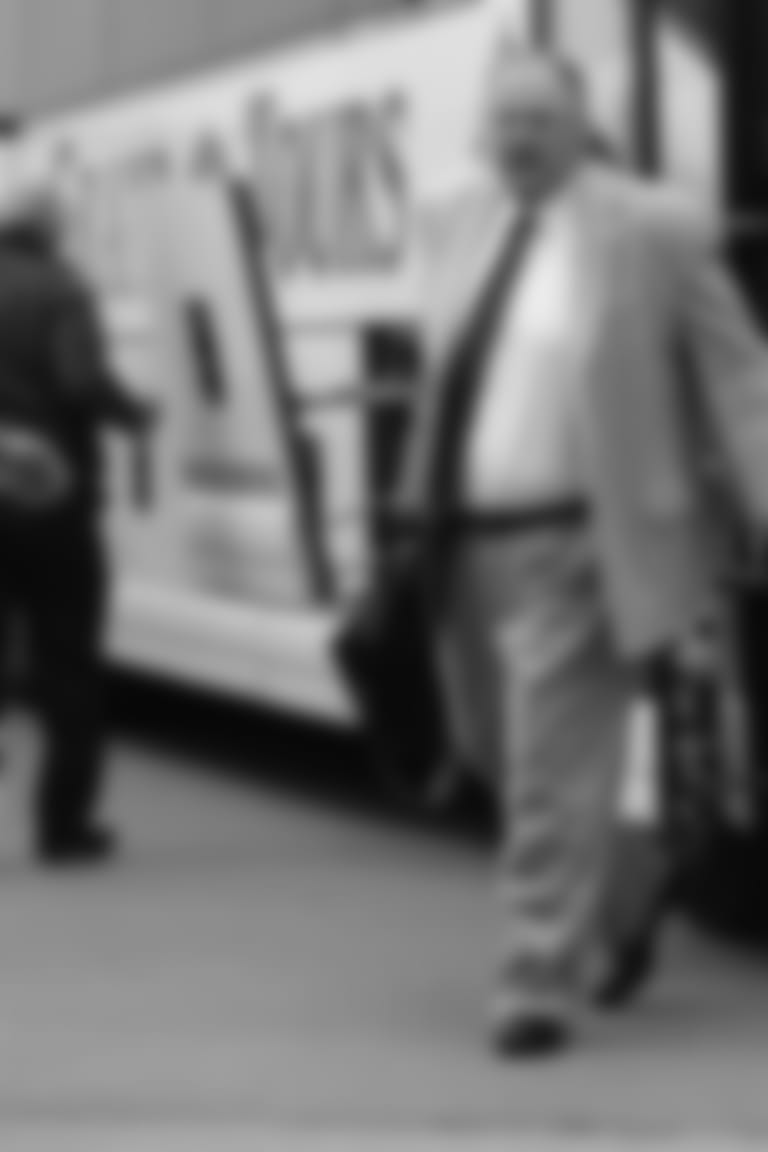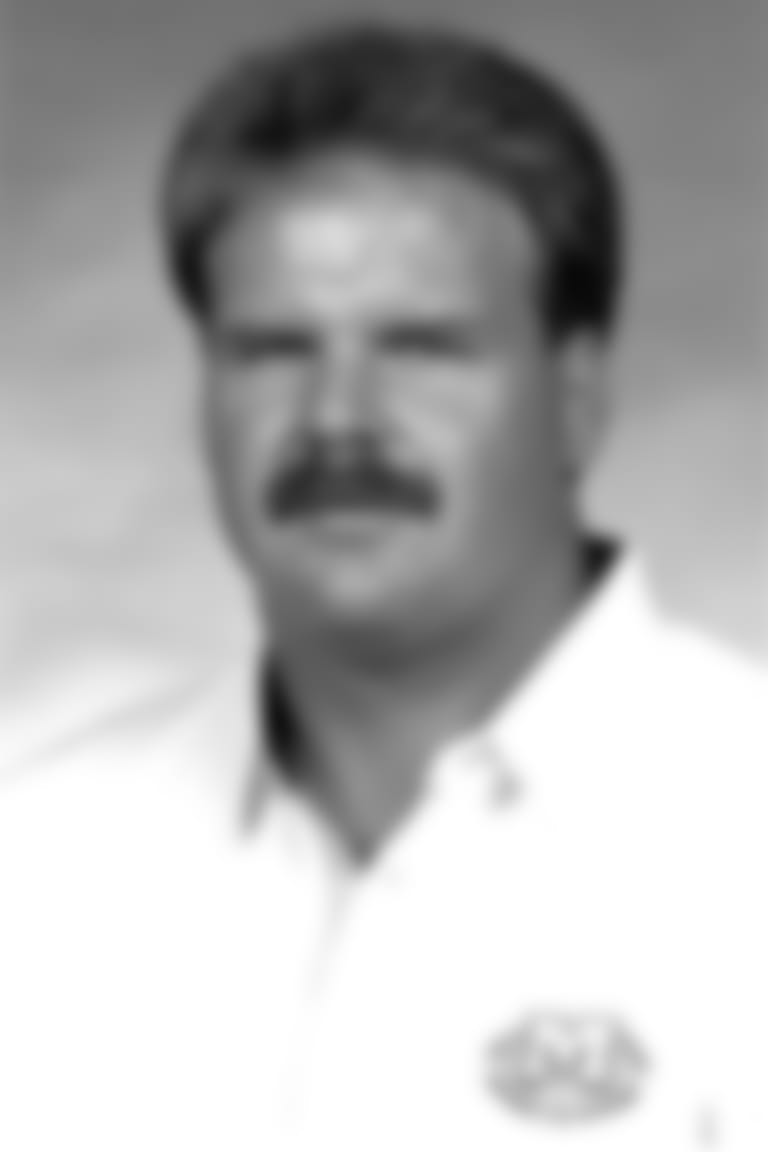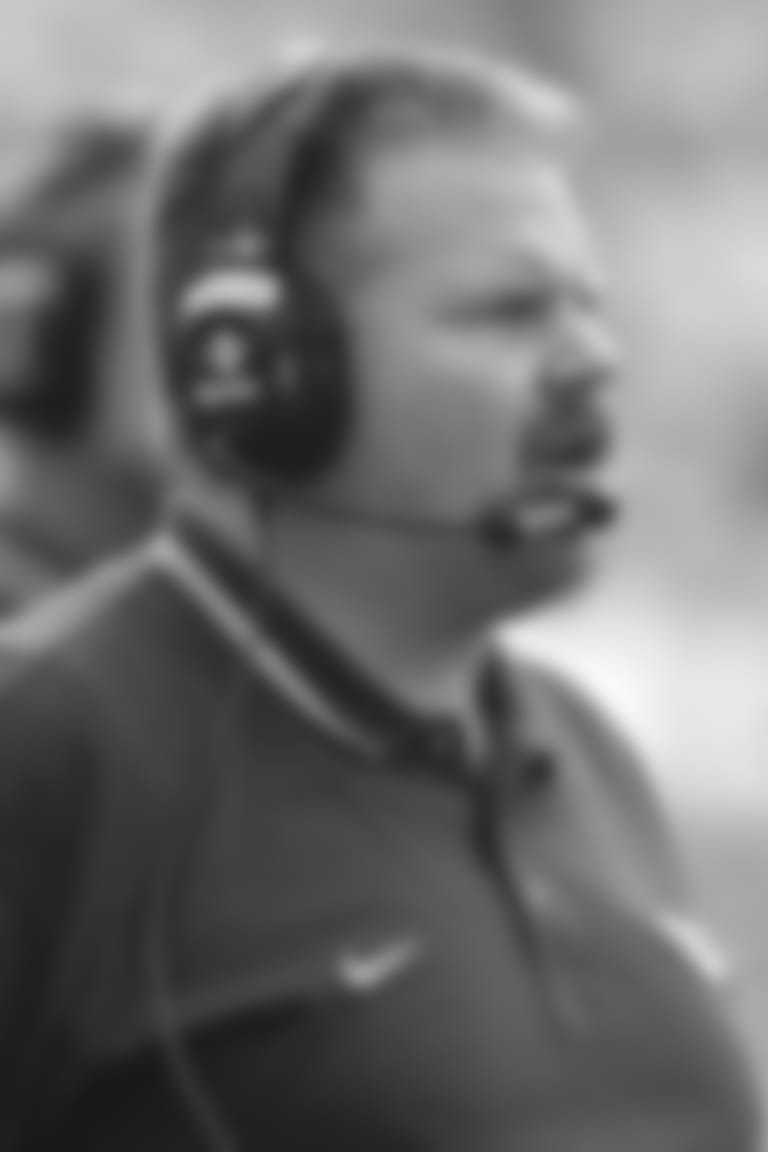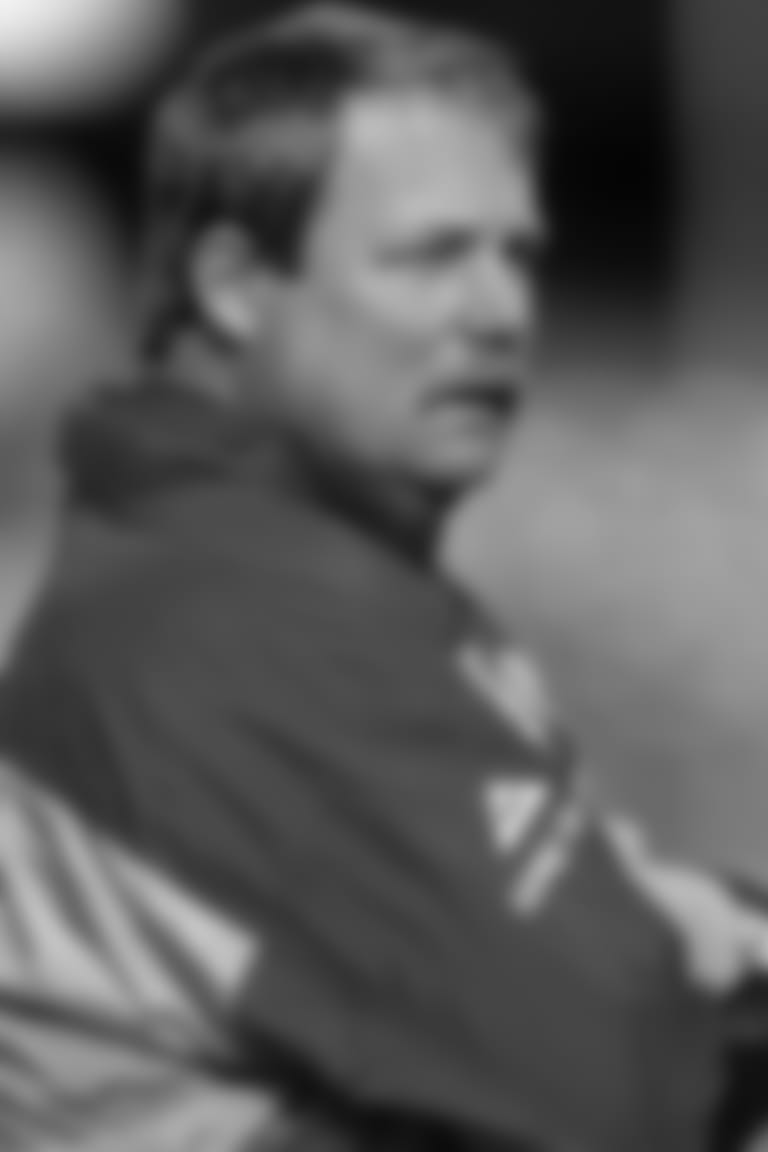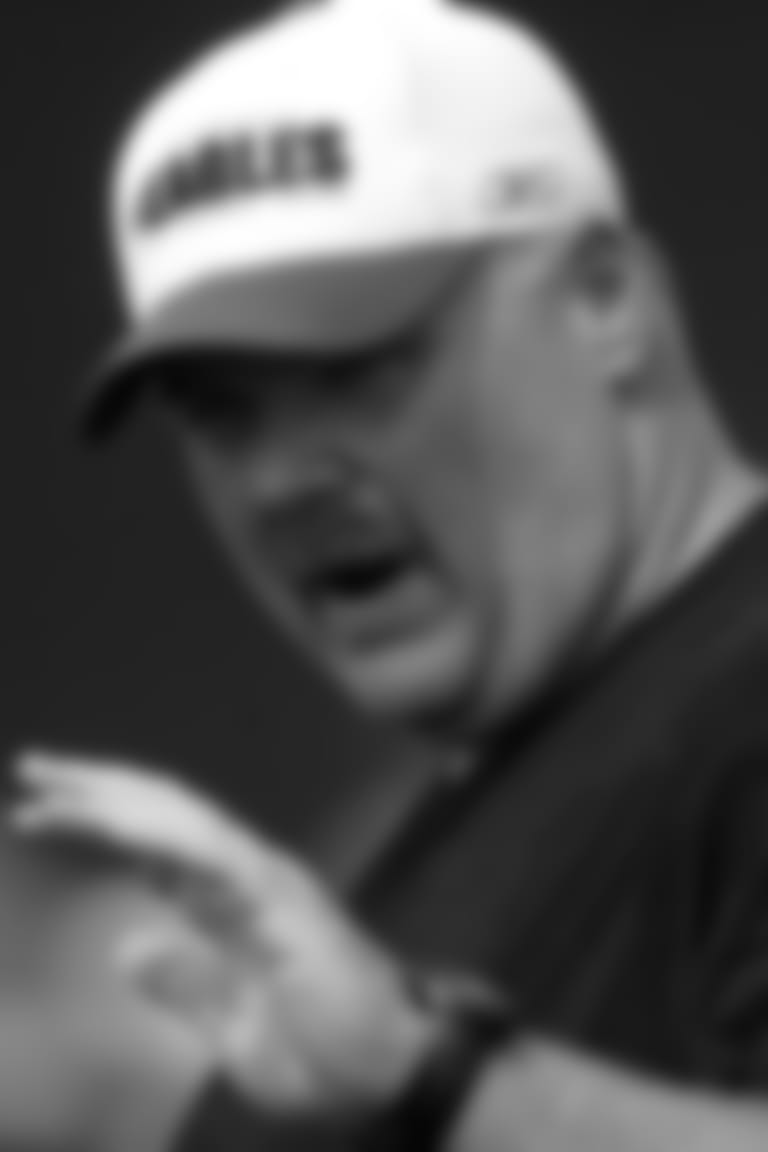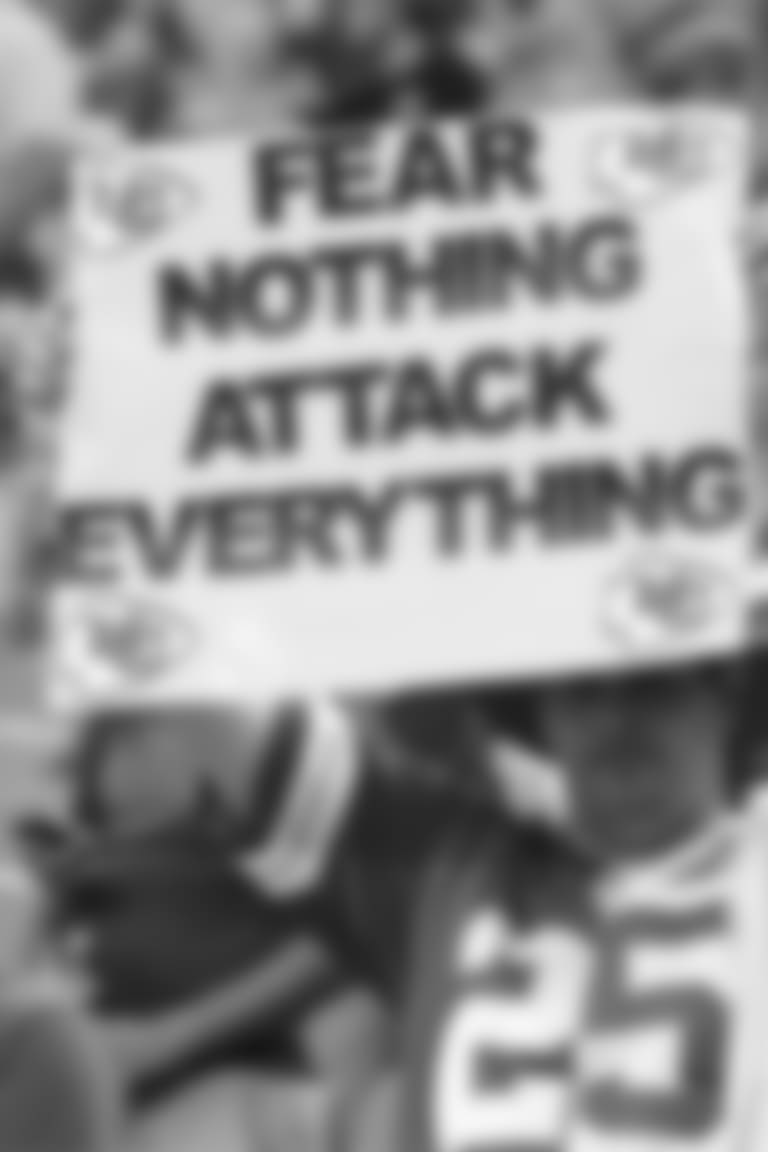The clock says 3:30 a.m.
The weather is bitter cold and it's hours before many of those he works with will be at the office, but it doesn't matter to him. There is work to do and even more importantly, there is somewhere he will soon have to be.
It's 1992 and Andy Reid is the new tight ends coach for the Green Bay Packers. After 10 years at the collegiate level, he was given an opportunity by an old friend to reunite in the NFL.
The drive to the office is short, normally less than 10 minutes. He, his wife, Tammy, and their five children live close enough to make this work.
The 3:30 a.m. arrival wasn't just about putting in the time at his new job or competing to get there first with his fellow assistant coaches—something that was par for the course with that group, but because of something far more important to Andrew, as only Tammy calls him.
Family.
The only thing in his life that would ever trump his love for football would be his love for family.
"He would go in at these crazy hours and then he would come home by a quarter to 7 and do breakfast with the kids," Tammy explained. "He then would drive one group to school and I would take the others."
It was a routine.
The early mornings at the office were a way for Reid to get some work done, but then get home to spend some quality time with his family before their day got started, even though his had already been going for four hours.
In this way, he wouldn't fall behind in either of his duties—helping scheme ways for his old friend, Mike Holmgren, to find success on offense, while also staying true to his most important job—being a father.
It's a balance he and Tammy have worked on together as a football family for the last 38 years, and through all of those years, the foundation of family, friendship and respect for those who have helped them along the way has always grounded the two through a life in the spotlight.





